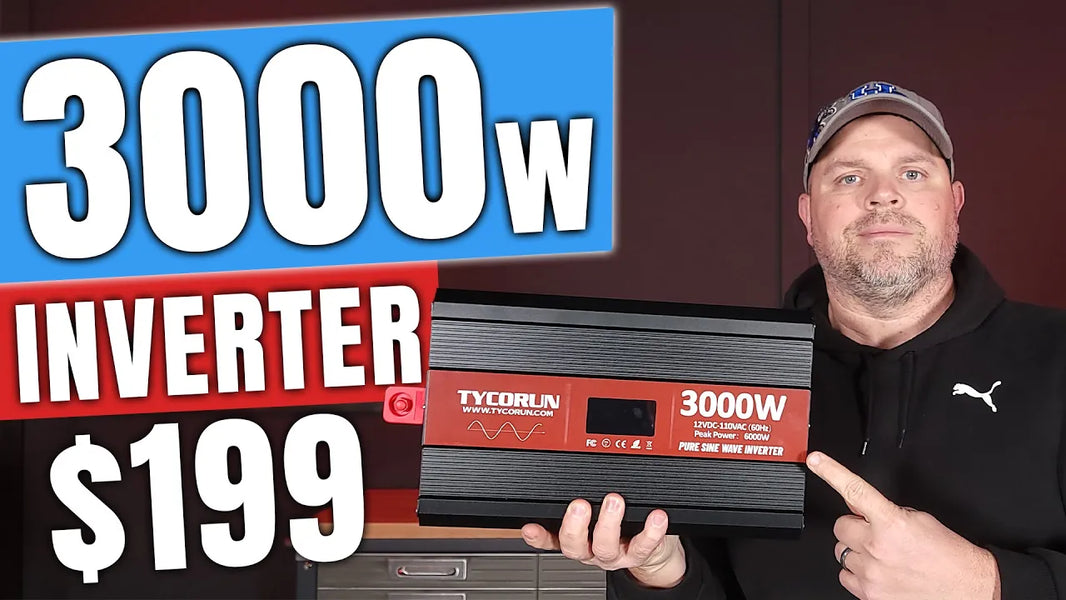
The parameter matching of the fuel cell vehicle power drive system is a relatively complex optimization problem. Only on the basis of establishing an accurate and complete simulation model, the best results can be achieved through repeated optimization calculations. The configuration, parameter matching and vehicle control strategy of the fuel cell vehicle power drive system are three important factors that affect the power and economy of the vehicle. And for different configurations, different control strategies and parameter matching, the performance of the vehicle is often significantly different. Therefore, in order to complete the parameter matching of the vehicle power drive system, it is necessary to decouple the three.
The idea of dynamic system parameter matching mainly includes the following three aspects:
①First, select a basic energy distribution strategy for a given power drive system configuration;
② Then, on the premise of known vehicle parameters, target operating conditions and basic energy distribution strategy, to meet vehicle dynamics as the premise, and to optimize fuel economy as the goal, the parameters of the vehicle and the power drive system are matched;
③ Finally, change the configuration mode to complete the parameter matching under each configuration.
Through the above steps, the decoupling of configuration mode, parameter matching and control strategy is completed.
The parameter optimization strategy and the selection of optimization variables of the fuel cell vehicle power system are relatively complex, and there are many factors to be considered.
The basic steps of parameter matching include the following
①Analyze the vehicle demand power and power spectrum;
②Select the power, torque and speed of the drive motor;
③ Select the speed ratio of the drive train;
④ Design the DC bus voltage;
⑤ Determine the parameters of the fuel cell system;
⑥ Match the parameters of the battery system;
⑦ Determine the energy management strategy parameters.
The design of some of these parameters needs to be considered in coordination or verified by simulation experiments at the later stage of design. For the convenience of description, the following content divides the power drive system of the fuel cell vehicle into two parts: the power source and the power drive system. The main factors considered in the parameter matching of the power drive system include the rated power and maximum power of the drive motor, the maximum torque of the motor, the maximum speed of the motor, the speed ratio of the transmission, the main deceleration ratio and the DC bus voltage, etc. The main goal is to meet the power index and reliability requirements of the vehicle.
The parameter matching of power sources (including fuel cell systems, battery packs, and supercapacitor packs, etc.) involves the mixing method and mixing ratio between power sources. The main purpose of adopting different configurations of the power source is to achieve the best fuel economy of the whole vehicle and the lowest manufacturing cost. The main factors considered in the optimization of power source parameters include the rated power of the fuel cell, the capacity of the battery, the number of series modules of the battery, and the initial SOC of the battery.

Similar to the method of optimal design, the parameter matching of the power source should also fully consider the constraints of each main component. The idea of parameter matching for power sources with different configurations is as follows.
(1) For each configuration, determine a basic energy allocation strategy.
(2) For each configuration, under a specific energy distribution strategy, according to the fuel cell system of different rated power, select the optimal combination of the number of battery pack series modules matching it. At this time, the key consideration is not the economy of the vehicle, but the dynamics of the vehicle, the constraints of components, the power distribution relationship between different power sources, the design of the battery power spectrum/current spectrum and other factors, that is, the consideration of component safety, life and cost.
(3) After selecting the optimal combination of fuel cells and battery packs with different rated powers under each configuration, compare the fuel economy of the entire vehicle among the various combinations of the configuration. Through the simulation test, the optimal mixing ratio between the fuel cell and the battery under this configuration is determined, and the design law is tried to be summed up.
(4) Through the above theoretical analysis and simulation experiments, the advantages and disadvantages of different power system configurations are comprehensively analyzed and compared. At this time, the analysis should not be limited to the economic comparison of the optimal matching of each configuration, but should comprehensively compare the vehicle dynamics, economy, cost, life, safety and other factors of components. Finally, the methods and suggestions on how to carry out the system selection and design according to different target working conditions are given.
To realize the above-mentioned parameter matching process, the following methods can be specifically adopted.
(1) According to the given vehicle parameters and dynamic index requirements, use the relevant formulas of automobile theory to deduce and calculate, and obtain the parameters of each powertrain.
(2) Working condition analysis method, the content of working condition analysis mainly includes typical working conditions, characteristic working conditions and adaptability analysis of working conditions. Typical operating conditions refer to the analysis of the typical operating cycle conditions of the designed vehicle. As discussed in the fuel cell city bus, as a city bus, its typical operating conditions can be selected as: cyclic working conditions such as suburban Beijing and urban area of Beijing; the analysis of characteristic working conditions includes the analysis of working conditions such as the maximum speed, the maximum grade and the requirements for starting acceleration performance; and the working condition adaptability analysis refers to the adaptability analysis of the designed vehicle to other working conditions except typical working conditions, so as to judge whether the vehicle has a wider range of uses. The purpose of the working condition analysis method is to obtain the power and power demand information of the vehicle, so as to obtain the minimum demand for the power performance of each assembly and the system energy of the whole vehicle.
(3) Simulation analysis method. The common method is to build a simulation model of the whole vehicle and each component according to the overall design requirements and component information of the vehicle with the help of simulation software platforms such as Advisor and Matlab/Simulink, and compile corresponding programs and input data files. Through the method of simulation research, the influence of each component parameter on the performance of the whole vehicle is determined, so as to carry out the design and matching of each assembly parameter. The input information of the simulation analysis method should include the target working condition, and the selection of the working condition can refer to the working condition analysis method.

















